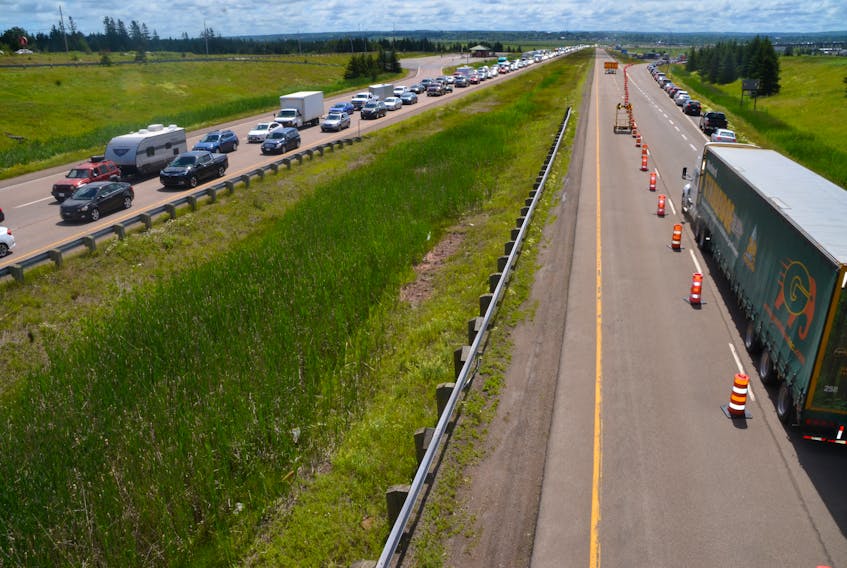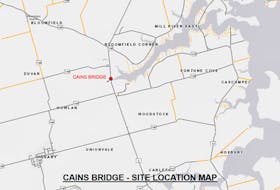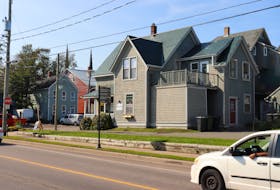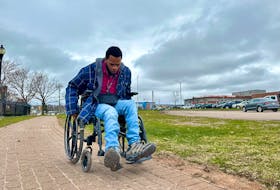Different portraits of what’s happening at the border are being painted by the government and by the union that represents the conservation officers posted there.
Jason MacLean, president of the Nova Scotia Government Employees Union that represents the officers, said his members are using litter collection tongs to hand out pamphlets to cars crossing into Nova Scotia.
And they aren’t collecting any information from people coming in.
“They have been directed not to take information from people coming in here and they have been given no authority other than to call the police if someone becomes unruly,” said MacLean on Wednesday.
“They haven’t been protecting Nova Scotians by handing out leaflets for the past 10 months. Our members believe they would be of greater service to this province doing their regular work regarding hunting and fishing.”
According to the provincial government, the conservation officers are demanding proof that those coming in from outside Atlantic Canada have completed an online tracking form. If that hasn’t been completed, they are providing a paper copy to be filled out.
Visitors to Nova Scotia from outside Atlantic Canada are required to self-isolate for two weeks.
Nova Scotia has two paved border crossings with New Brunswick and one small Bailey bridge on a dirt road.
While the main crossing at Fort Lawrence is staffed with conservation officers, the other paved crossing in Tidnish Bridge is unmanned.
The portrait of an open border painted by the union as a second wave ravages the country is in marked contrast to commitments made about protecting the border in the summer.
“When you get to the Nova Scotia border, you will be asked to provide ID, an address of where you are staying and a phone number," Premier Stephen McNeil told a COVID-19 briefing in July.
"This applies to anyone coming from anywhere outside of the Atlantic bubble."
When McNeil made the statement, Health Canada was reporting about 300 new cases of COVID-19 a day. The rate of new infections being identified is now over 5,000 a day and climbing.









